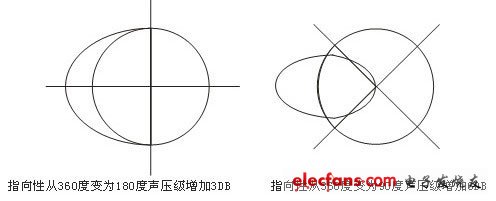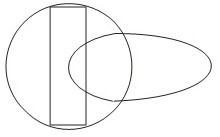Not all the decoration is done according to the initial design requirements. In the later work, the decoration has changed, such as the height and the range of the sound reinforcement coverage, so how should we adjust the linear array sound system Installation angle to meet the existing sound reinforcement range? After the installation of a sound system is completed, when there is no need to change the installation method of the linear array sound system, we should change the directivity of the sound system to meet the coverage requirements of sound reinforcement.
Formation and requirements of directivity
Any sound source has a certain directivity in a certain frequency range. Similarly, any speaker system also has a directivity. The directivity occurs due to the mutual interference of sound waves. Directivity is good and bad for the speaker system. Why do we use linear array sound system for sound reinforcement? The main purpose is to make full use of linear array sound system to produce lower frequency directivity. The principle, structural shape, and sound wave transmission characteristics of the speaker system determine the directivity. Because the principle and sound wave characteristics cannot be changed, now people change the directivity by changing the shape and structure!
Why does the linear array sound system have a high sound pressure level and a long transmission distance? The main reason is that the linear array sound system controls the directivity of the high, medium and low frequency bands (how to control the directivity is the key to the linear array sound system). Controlling the directivity is to control the sound pressure level and the sound. The pressure level is to control the attenuation characteristics and transmission distance. The relationship between the sound source directivity characteristics and the sound pressure level is shown in Figure 1. From the figure, we can see that when the directivity changes from 360 to 45 degrees, the sound pressure level increases by 6dB. For the sound reinforcement distance, the distance doubles. This is why it is necessary to control directivity.

Fig.1 The relationship between directivity and sound pressure level
For an ordinary speaker system, the axis of directivity is shown in Figure 2. It is characterized by the vertical relationship between the directional axis and the speaker. The directivity larger than the structure size of the speaker system is 360 degrees round (lower frequency). If you want to adjust the directivity angle of the speaker system, you need to adjust the axis direction of the speaker, so it is more complicated. Especially for linear array sound system, it is more complicated. In this way, in the current linear array sound system, there are many different installation forms such as an arc array, a J-shaped array, etc., which are all to meet the requirements of directivity. Several installation methods of linear array sound system are shown in Figure 3.

Figure 2 Directivity diagram of the speaker
It can be seen from Figure 3 that to change the directivity of the linear array sound system, the structure of the speaker must be changed. For the coverage area of ​​different numbers of people, the structure must also be adjusted frequently to meet the requirements of different coverage areas. The adjustment is very complicated, which is the reason why the linear array sound system has a limited scope of application. In order to solve this problem, we have developed a linear array sound system with adjustable directivity angle.

Figure 3 Several installation methods of linear array speaker system
Jiangmen Biaosheng Solar Energy Technology Co., Ltd. , https://www.bsprosolar.com